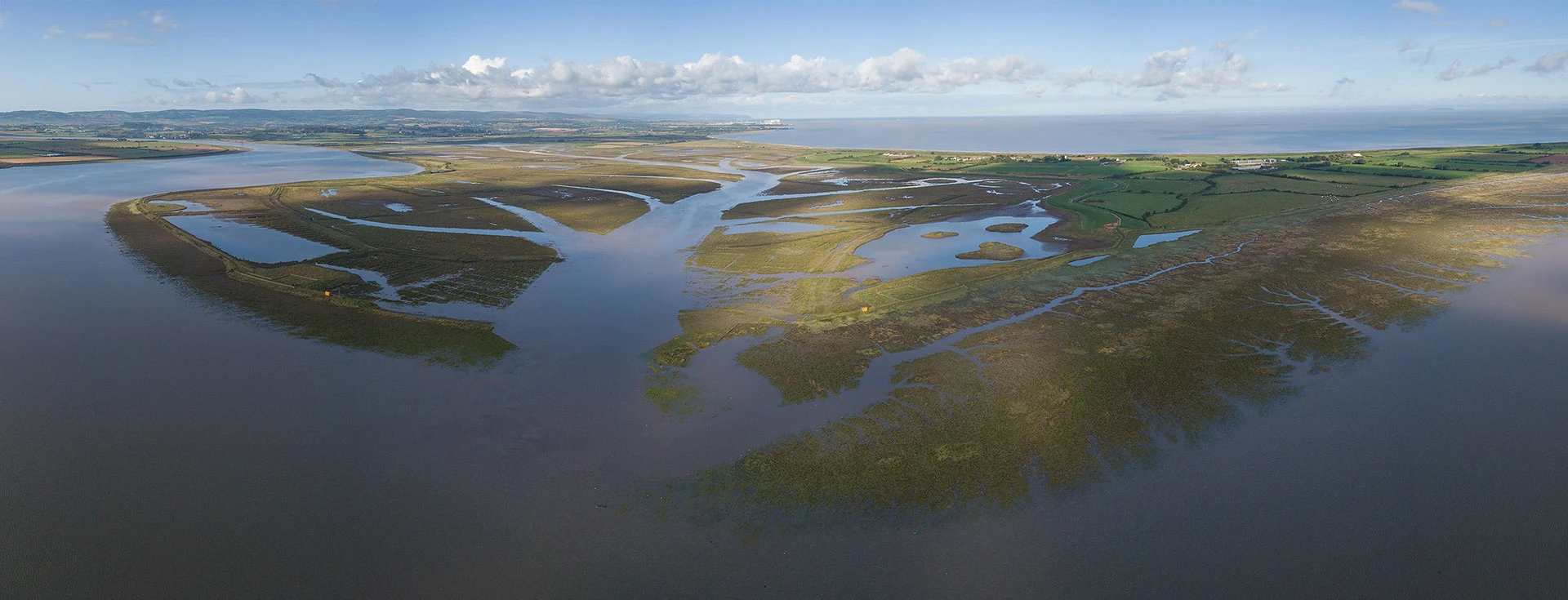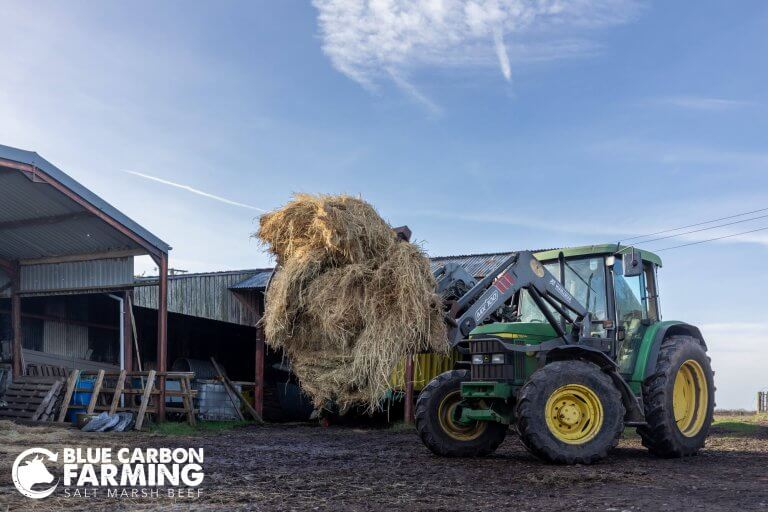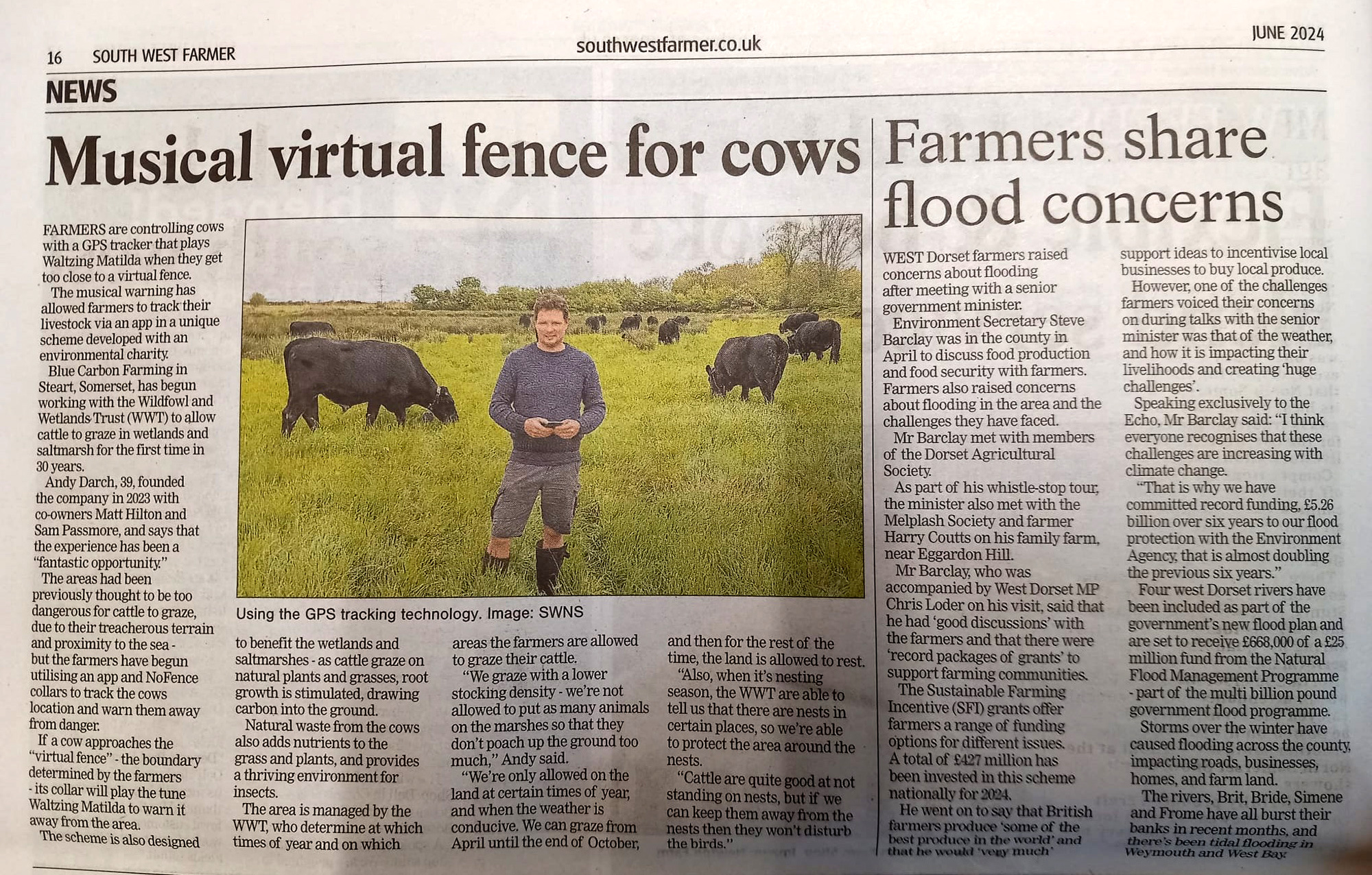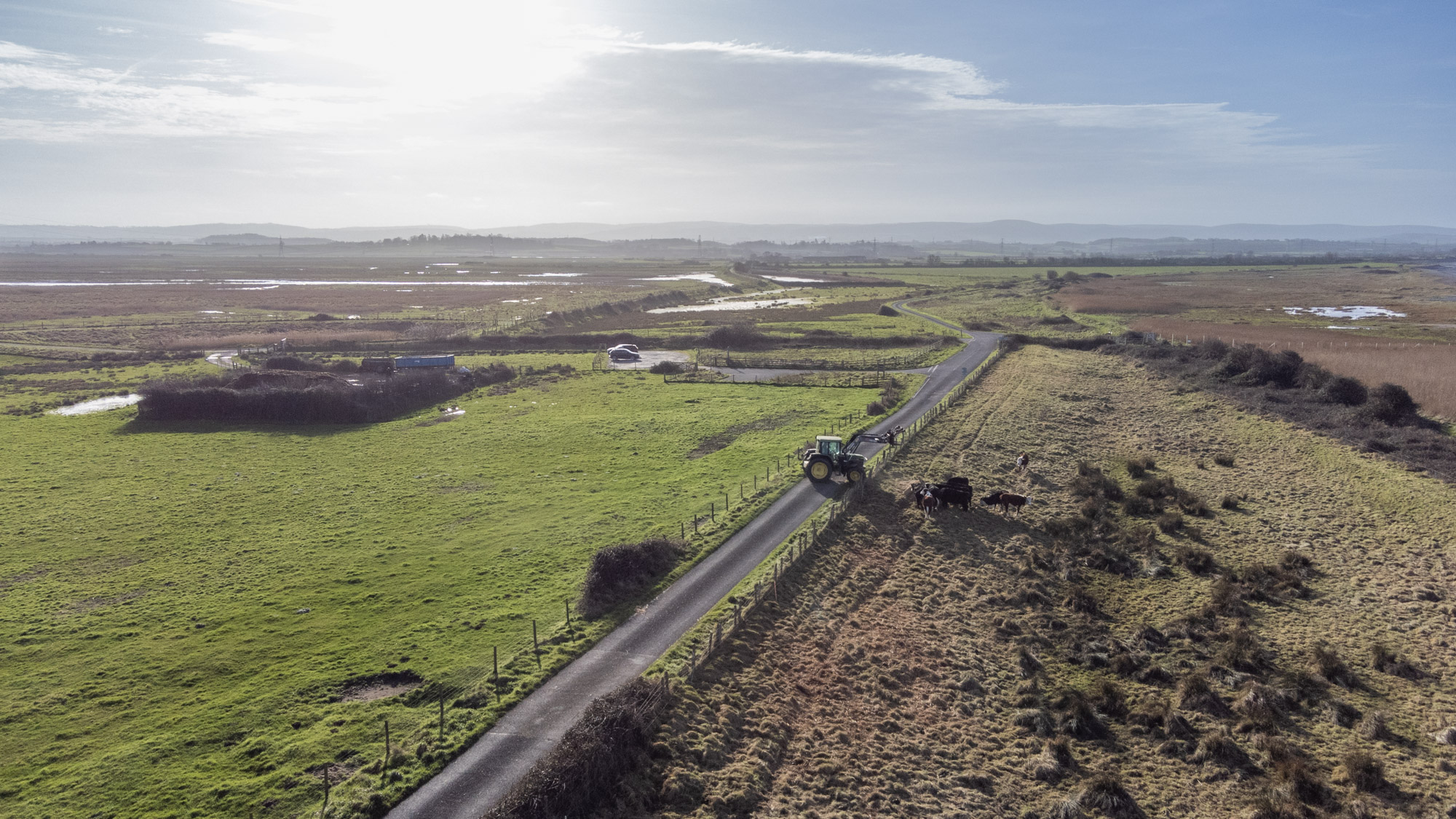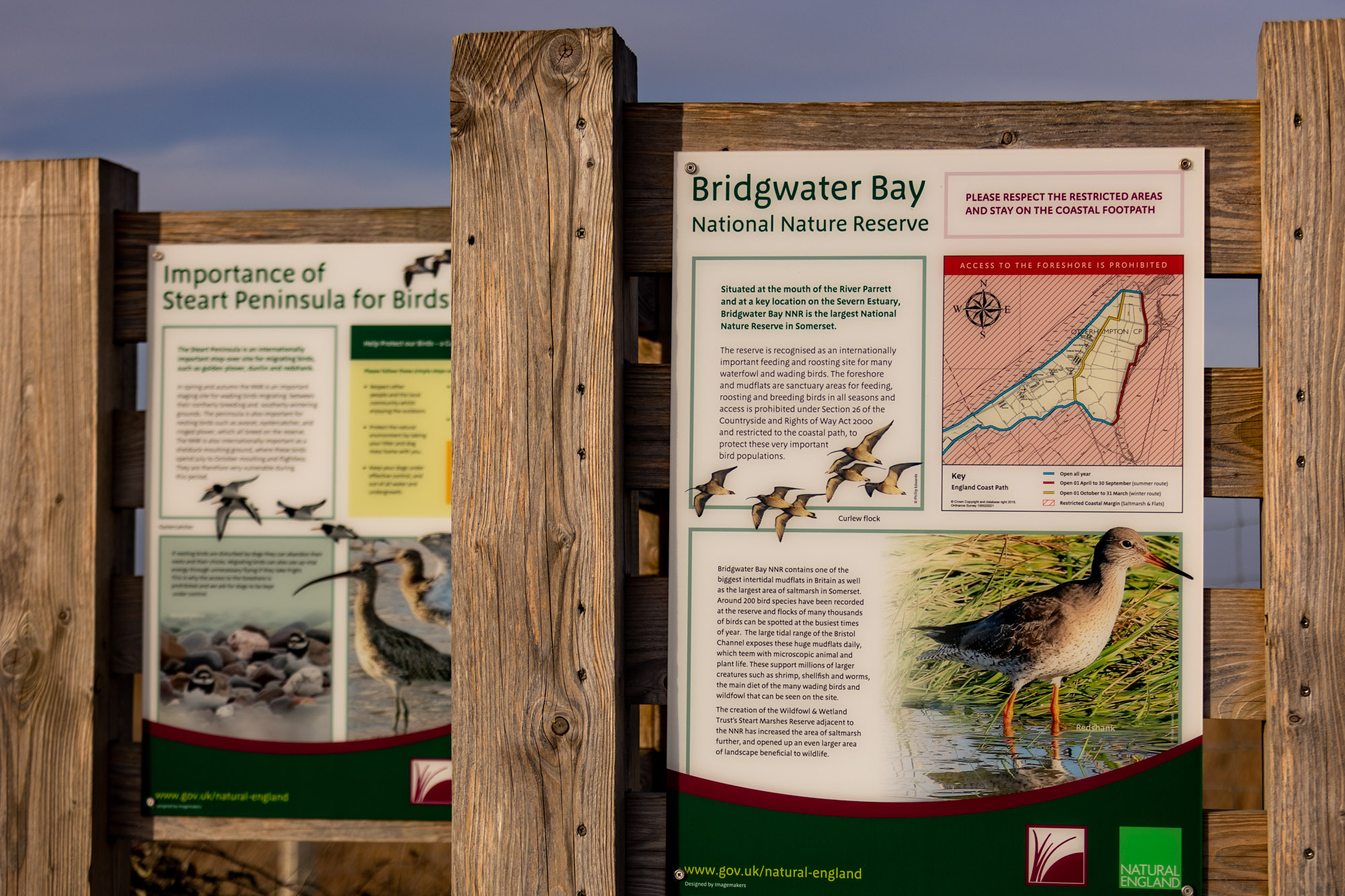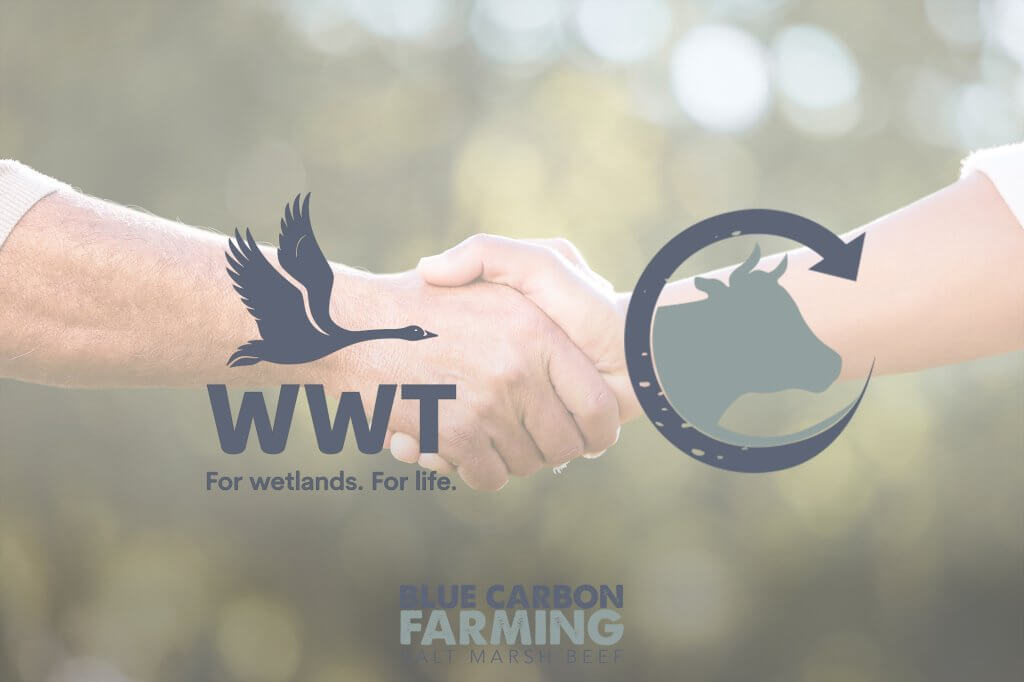
WWT & Us
Working closely the Wildfowl & Wetlands Trust (WWT), our aim is to create some of the most delicious beef in the UK while doing as much as we can for wetland habitats. We don’t always get things right but with the aid of no-fence collars we keep our cattle safe and the environment well managed.
To learn more about the WWT and all the fantastic work they do, please head to their website.
NoFence Collars
The Bristol Channel has the second-highest tidal range in the world, meaning that the tides can flood the marshes quickly, making it a very dangerous place. There are crevasses large enough to lose a lorry in, let alone a cow, making traditional fencing physically impossible. NoFence collars provide a solution by eliminating the need for fences to keep our livestock safe.
NoFence collars resemble a modern cowbell. Using a GPS tracker in the collar and our app, we can create a virtual fence to prevent our animals from straying too far. When approaching the boundary, the cattle hear a tune to warn them, and if they cross it, they receive a small shock, encouraging them to turn around. This keeps them from straying onto mudflats, where they could get stuck, and also allows us to create exclusion zones around rare nesting birds, giving them the best chance of successfully hatching their chicks.
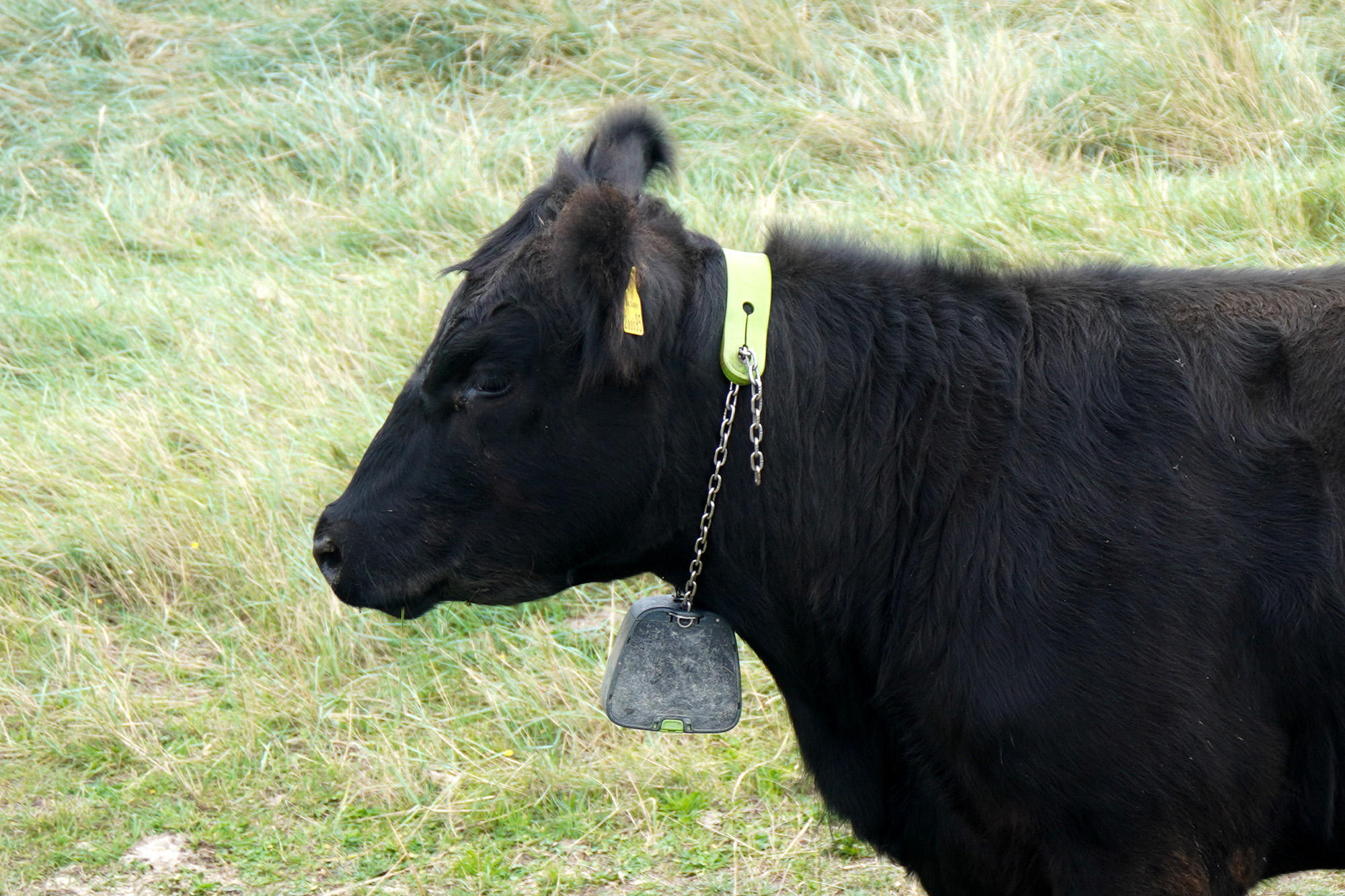
Modern Solutions
Our cattle’s movements around the marshes are monitored. We can see their favourite spots and how they are moving. This gives us a good indication of their health, and if movement slows, it may be an early sign of a problem—often before any physical symptoms appear. Alarms notify us of breakouts or if an animal stops moving.
Our cattle are checked daily. Traversing the terrain can be difficult, especially when wet, as gullies may be hidden under water and long grass. By using drones, we can check on the cattle without disturbing the ground or damaging grasses with vehicles, nor disturbing birds by walking through their habitats. We must be mindful of when we fly the drones to avoid disturbing the many wildfowl species, such as shelducks, curlews, avocets, and egrets.
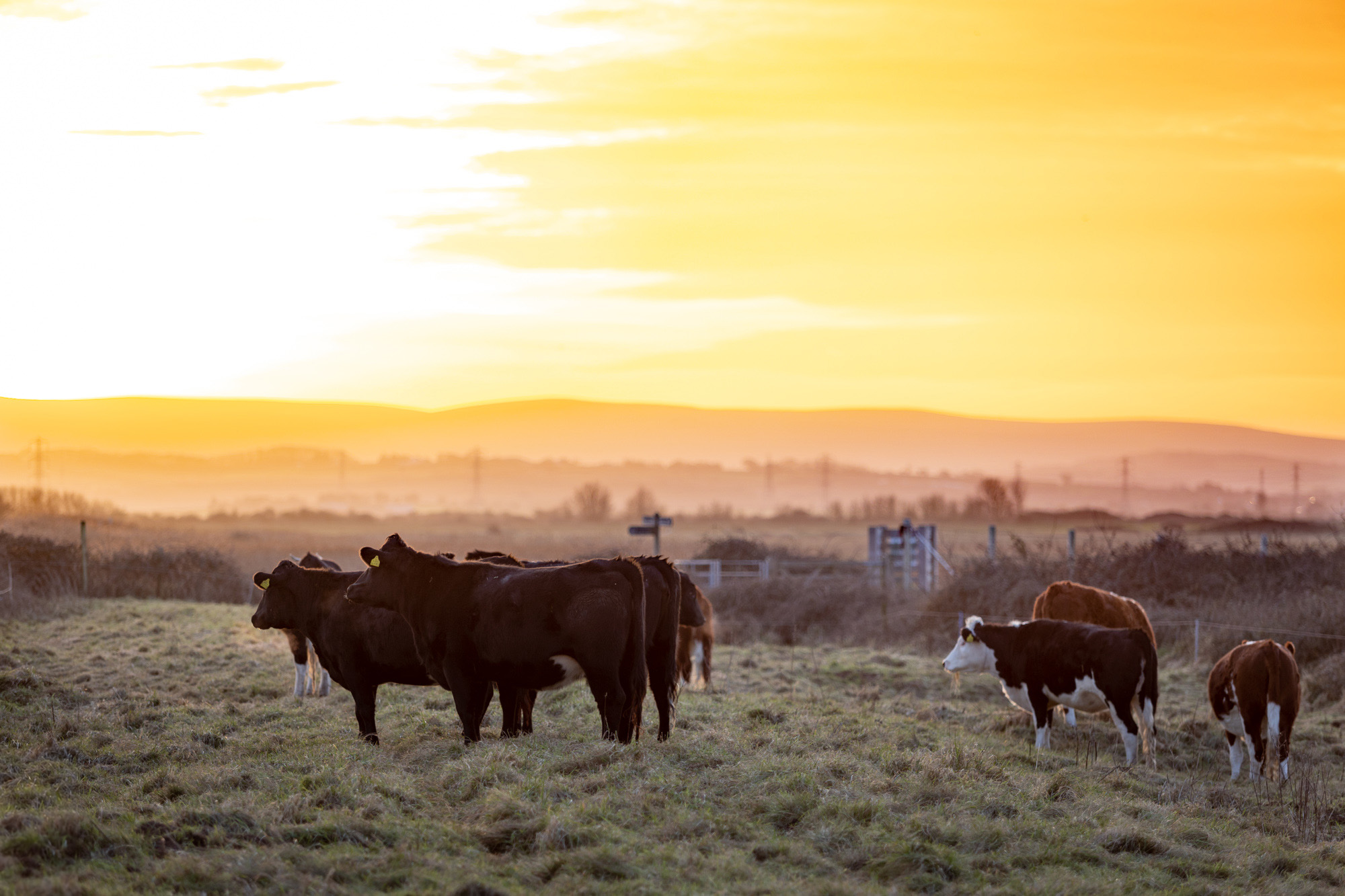
High Tides
High tides at WWT Steart are a spectacular sight, from the breathtaking sea views to the thousands of birds moving with the tide. During particularly high tides, the salt marshes flood completely, sometimes twice a day. Using NoFence collars, we bring the cattle to higher ground for a few days until it is safe for them to return. These tidal movements also enrich the soil, trapping more carbon than an equivalent area of woodland.
